Прошло более века с тех пор, как в 1918 году закончилась Первая мировая война , хотя даже сегодня некоторые из ее самых увлекательных частей окутаны тайной. Несмотря на обилие информации и исследований, доступных по этой теме, большинство из этих загадок, вероятно, никогда не будут раскрыты, поскольку большая часть свидетельств теперь лежит под десятилетиями других войн, таких как Вторая мировая война.
10. Рядовой Джон Парр
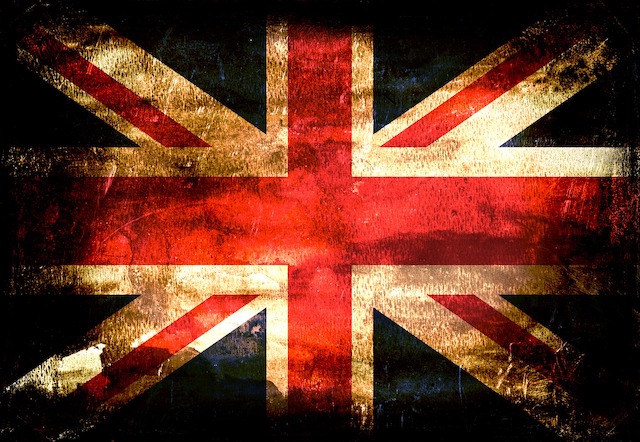
Родившийся в 1898 году на севере Лондона, Джон Парр присоединился к британским военным силам в качестве велосипедиста-разведчика. Его работа заключалась в том, чтобы выехать вперед и собрать информацию о вражеских позициях, хотя, к сожалению, его жизнь подошла к концу всего через 17 дней после вступления Великобритании в войну. Рядовой Джон Парр станет первым британским солдатом, убитым на европейском фронте во время Первой мировой войны, хотя до сегодняшнего дня мы точно не знаем, кто и как его убил.
В последний раз Парра видели перед битвой при Монсе в августе 1914 года. Согласно сообщениям с поля боя, он, скорее всего, был убит ружейным огнем немецкого кавалерийского патруля, и, вероятно, это произошло во время боя. Однако этого никто не видел, и его напарник вернулся в лагерь из разведывательной поездки целым и невредимым. Более того, немецкие подразделения не достигли британских позиций намного позже предполагаемой даты его смерти, так что есть шанс, что Парр был убит местным или, что еще хуже, одним из своих товарищей.
9. Утерянный романовский клад
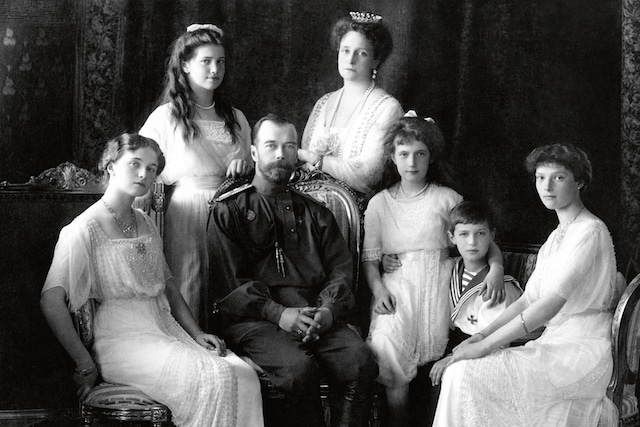
До начала Первой мировой войны в 1914 году Россия располагала третьим по величине золотым запасом в мире после США и Франции. Большая часть его была вывезена из страны антикоммунистической Белой армией во главе с адмиралом Александром Васильевичем Колчаком, захватившей власть после русской революции 1918 года. Это можно было проследить вплоть до 1920 года, когда белые силы потерпели решительное поражение от большевики со всеми своими сокровищами захватили и вернули правительству.
Но когда они проверили, пропало более 1600 тонн золота, и мы до сих пор не знаем, где оно могло быть. Одна из теорий гласит, что он зарыт в нескольких местах внутри города Омска, так как именно там Белая армия располагалась в наибольшем количестве. Он также может находиться на дне озера Байкал, которое является самым большим по объему пресноводным озером в мире , что затрудняет исследование.
8. Чемодан медсестры Мауле

Еще в феврале 2013 годана факультете психологии Университета Абертей в Шотландии был обнаружен загадочный чемодан. Он был заполнен вещами времен Первой мировой войны, в том числе фотографиями, открытками и письмами. Хотя теперь мы знаем, что он принадлежал медсестре Дартфордского военного госпиталя в графстве Кент по имени Маргарет Мол, на самом деле это все, что мы о нем знаем.
Мы не знаем, как он оказался в Абертае, или почему никто из родственников Мауле никогда не претендовал на него в прошлом. Нет никаких записей о том, что Мауле когда-либо посещал Абертай, и некоторые предполагают, что он мог быть подарен университету членом семьи, который не осознавал его значения, или просто оставлен бывшим студентом, каким-то образом связанным с Мауле. В то время как содержимое чемодана завораживает и дает редкий взгляд от первого лица на так называемую Великую войну, все еще остается немало загадок, связанных с тем, как именно он оказался там, где он оказался.
7. Военный корабль США «Циклоп»
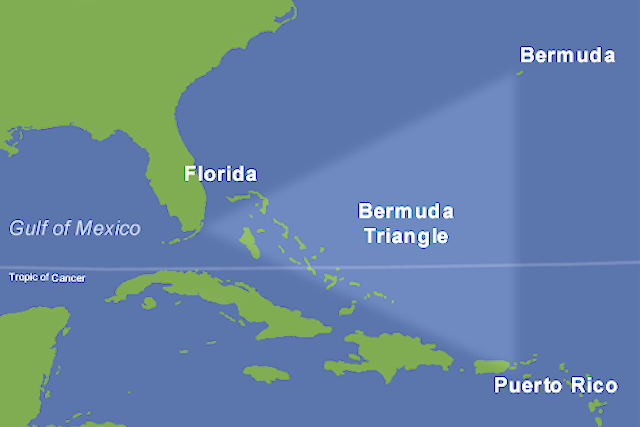
USS Cyclops исчез в начале марта 1918 года , что сделало его одной из первых тайн, возникших в ныне печально известном Бермудском треугольнике. Это был угольщик , или тип корабля, использовавшийся для перевозки большого количества угля, а также один из крупнейших кораблей ВМС США в то время. Его потеря — вместе с более чем 300 моряками на борту — остается загадкой по сей день. Любопытно, что два родственных корабля — USS Nereus и USS Proteus — исчезли где-то в том же районе несколько лет спустя, в 1941 году.
Теории варьируются от немецких подводных лодок до огромных морских чудовищ, хотя большинство из них терпят неудачу из-за отсутствия доказательств. Огромные размеры судна в сочетании с отсутствием сигналов бедствия или признаков крушения заставили многих поверить в то, что с кораблем и его командой произошло что-то необычное. Некоторые из их потомков продолжили собственное расследование инцидента, хотя и без особого успеха.
6. Красный барон
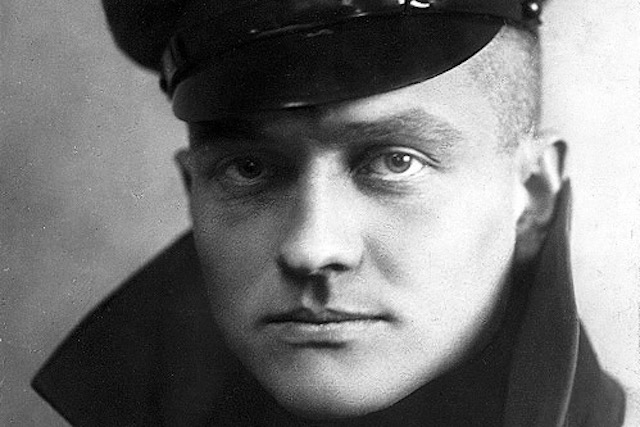
Манфред фон Рихтгофен, более известный как Красный барон, был одним из самых известных пилотов Первой мировой войны. Он был немецким летным асом, сбившим 80 самолетов противника за свою карьеру летчика-истребителя. Однако его смерть в апреле 1918 года с тех пор окутана тайной.
Мы знаем, что это произошло в районе Соммыво Франции, где он участвовал в битве с высокими ставками против канадского аса Уилфрида Мэя, хотя неясно, кто именно сбил его самолет. Мы также знаем, что смертельная пуля была выпущена из австралийского пулемета Vickers, которая вошла в его правую боковую часть груди и вышла через левую часть груди. Хотя многие британские, французские и австралийские солдаты стреляли в него из подобного оружия, а некоторые даже заявили об этом в последующие годы, мы до сих пор не знаем, кто сделал смертельный выстрел.
5. Бела Кисс
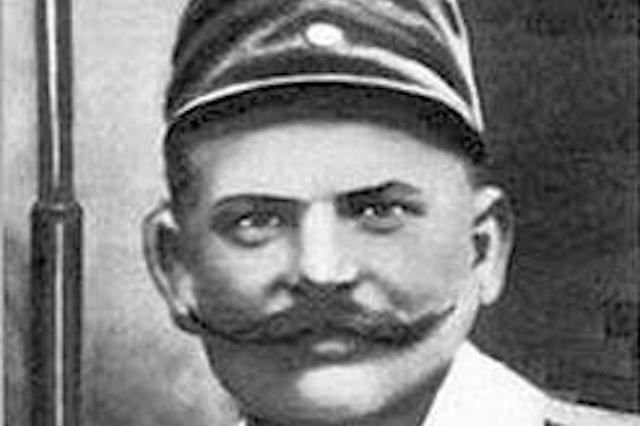
Бела Кишш был венгерским серийным убийцей, призванным в австро-венгерскую армию во время Первой мировой войны. Пока его не было, слухи о его смерти на фронте заставили его домовладельца пойти в дом и освободить его для следующего жильца. Там он обнаружил 24 трупа на разных стадиях разложения, что привело к широкомасштабной поисковой операции в Венгрии и близлежащих странах.
Поцелуй так и не был найден, так как хаос военного времени в Европе сделал невозможным его точное местонахождение. Согласно одному сообщению, позже в том же году его чуть не поймали в Сербии, хотя, как сообщается, он сбежал, поместив мертвого солдата на свое место в качестве приманки. За годы, прошедшие после его исчезновения, Kiss, как утверждается, был замечен в разных местах по всему миру, включая Румынию, Турцию и даже Нью-Йорк .
4. Дневник таинственных набросков
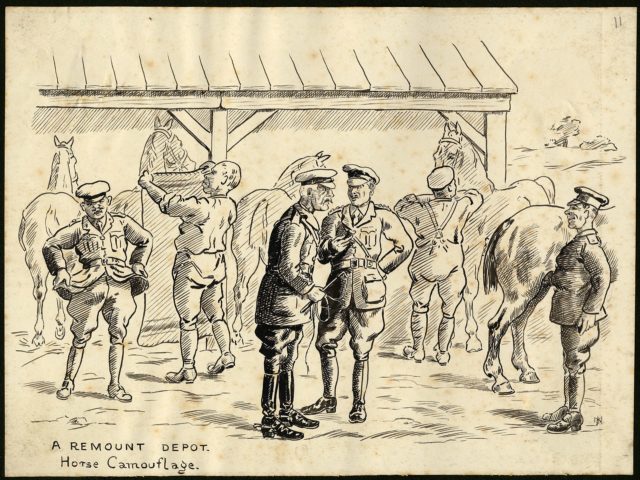
Где-то в 1970-х годах в архивах Университета Виктории в Канаде был найден загадочный дневник. Заполненный зарисовками с линии фронта Первой мировой войны, единственными найденными на нем инициалами были «JM », и мы до сих пор не знаем, кто это был.
Содержание дневника разнообразно, пейзажи, здания и люди, попавшие на войну, изображаются по-разному, часто в мельчайших подробностях. Посвящение на первой странице гласит: «Моей дочери Адель», а в дневнике изображены эмблемы британской Королевской кавалерии и Королевской полевой артиллерии, где, как предполагается, Дж. М. служил во время войны. Это заставило некоторых людей поверить, что он был британским солдатом, служившим во Франции или Бельгии, хотя его точная личность остается в значительной степени неизвестной.
3. Флорентийский бриллиант

Флорентийский бриллиант весом 137,27 карата был одним из самых крупных алмазов, когда-либо добытых. Он был приобретен португальским губернатором Гоа Людовико Кастро в конце 16 века и в конечном итоге оказался в руках семьи Медичи во Флоренции. Он был передан династии Габсбургов после смерти Медичи , где он оставался вплоть до поражения Австрии в Первой мировой войне.
В последний раз камень видели в 1918 году на выставке в Вене, и с тех пор он полностью исчез из поля зрения публики. Одна теория гласит, что он был вывезен кем-то из близких к австрийской императорской семье и контрабандой вывезен из Австрии, возможно, в Южную Америку или Соединенные Штаты. Другой предполагает, что он был продан коллекционеру в Европе, и с тех пор камень находится в их частной коллекции.
2. Морское чудовище

В октябре 2016 года у берегов Шотландии были обнаружены останки немецкой подводной лодки времен Первой мировой войны. Сканирование гидролокатора и видео, снятые подводными дронами, показали, что разбитая подводная лодка лежит почти вертикально на морском дне, что вызывает много вопросов о том, что с ней случилось. По словам морского археолога и историка Иннес Маккартни , это могла быть подводная лодка UB-85, хотя на самом деле это все, что мы о ней знаем.
По словам немецкого экипажа подводной лодки, именно эта UB-85 подверглась нападению гигантского морского монстра, когда во время войны находилась на поверхности, перезаряжая свои батареи. В бою он был сильно поврежден, что вынудило экипаж покинуть его до того, как он затонул в пучине Атлантики. Однако британские силы в этом регионе заявили, что вместо этого он был потоплен их патрульным катером HMS Coreopsis 30 апреля 1918 года, хотя официально этот инцидент так и не был подтвержден ни одной из сторон.
1. Кто начал войну?
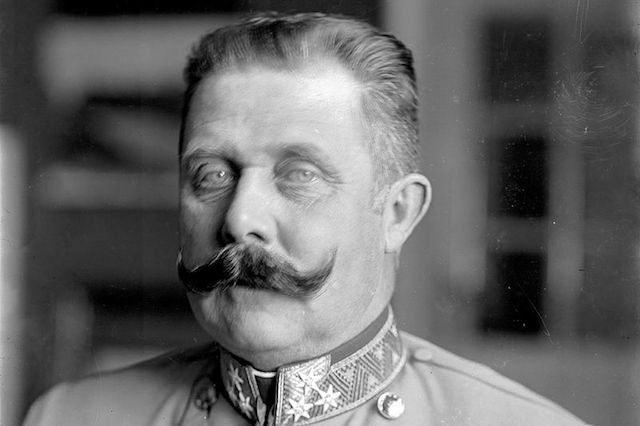
Для войны, которая изменила мир больше, чем мы можем сосчитать из-за ее огромных масштабов, на удивление сложно точно определить, кто ее начал. Ответ не так прост, как может показаться, поскольку, хотя мы знаем непосредственный спусковой крючок — убийство эрцгерцога Франца Фердинанда сербским националистом, — мы до сих пор не знаем, как это событие превратилось из международного инцидента в одну из крупнейших войн в человеческая история.
У разных историков разные взгляды на эту тему. В то время как некоторые считают, что Германия несет прямую ответственность, другие говорят, что коллективные имперские интересы Германии, Франции, Великобритании, России и Австро-Венгрии в конечном итоге привели к резне. Некоторые даже обвинили Сербию в соучастии сербского государства в убийстве, с которого все началось.
📚 Не пропустите интересную информацию:
-
Обзор первого сезона сериала «Члены королевской семьи»: будут ли Авирадж и София вместе?
Индийский драматический сериал Netflix «The Royals» — это, по сути, современная интерпретация старого тропа — король (королевская особа), влюбившийся в простолюдинку. София Канмани Шекхар, генеральный... -
Обзор эпизодов 1-2 «Мудрого ординатора»: почему первокурсники хотят уйти?
Честно говоря, первый эпизод Resident Playbook не очень мне понравился, но второй эпизод действительно ввел меня в колею, и он начал больше походить на Hospital... -
Джеймс Бедфорд: первый человек, замороженный в надежде на оживление спустя годы
Бедфорд, которого заморозили после того, как он умер в надежде, что его тело можно будет вернуть к жизни с помощью будущих научных разработок, стал главным... -
Тайна Кипящей реки Амазонки: миф, ставший реальностью
Глубоко в сердце Амазонки, среди бескрайних тропических лесов, скрывается загадочная река, которая бросает вызов законам природы. Это не просто водоём — это Кипящая река, или... -
Поздравления с 1 сентября 2025 в прозе своими словами: учителю, ученикам, первокласснику
1 сентября – это не просто дата в календаре, а начало нового учебного года. В этот день принято говорить теплые слова тем, кто садится за...






